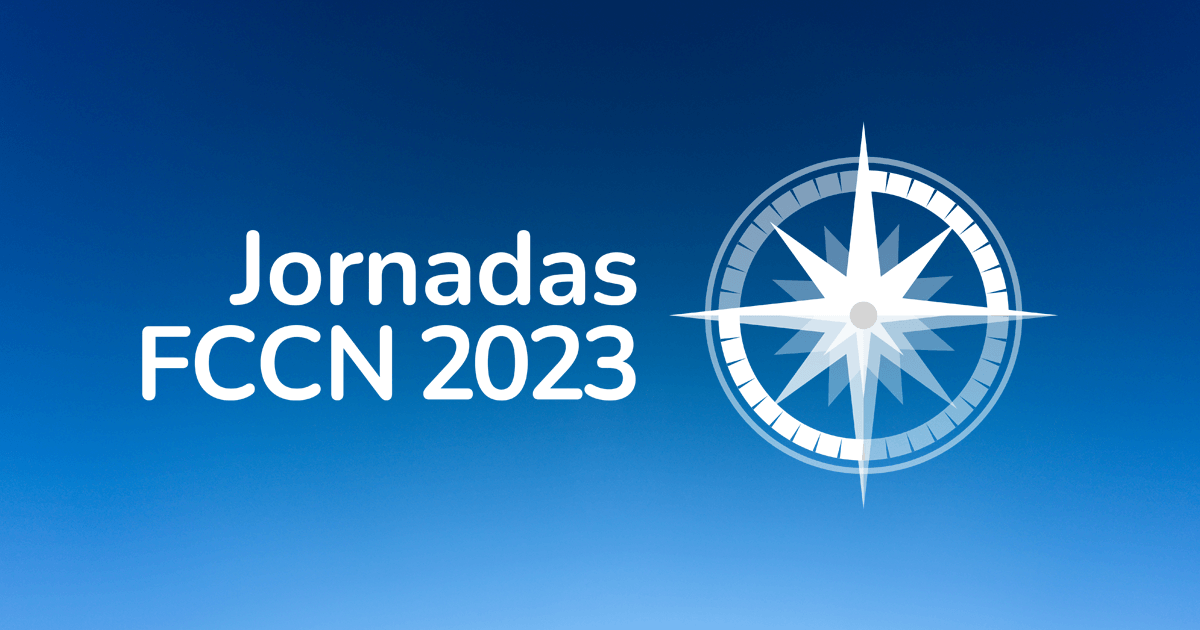The PIX – Portuguese Internet Exchange, promoted and operated by FCCN, the digital services unit of FCT, celebrates three decades of existence while guaranteeing fast, stable and secure internet for companies, institutions and citizens across the country.
One Internet Exchange Point It is a neutral traffic exchange point between different organizations, with the mission of enabling multiple IP networks to interconnect more efficiently. In Portugal, PIX ensures continuous improvement in the quality of IP network interconnection and avoids the use of international resources.
"THE PIX is a critical infrastructure at a national level as it promotes peering neutral, reduces costs and latency for traffic originating/destining in Portugal. Over three decades it has established itself as a pillar of the internet in the country and promotes the transfer of knowledge between academia and industry.”, highlights the service manager, João Silva.
Without an infrastructure like PIX, traffic originating and destined for nearby geographic locations would often have to cross borders, making communication less efficient.
A story that began to be told in 1995
In October 1995, the FCCN creates PIX, the first traffic exchange point in Portugal, which included four important partners: RCCN – National Scientific Community Network (now FCCN), Telepac, EUnetPT, and IP Global. The latter two later joined the project as part of Novis Telecom.
Five years later, in January 2001, with the activation of the first 1Gbps ports at FCCN, the name changes and becomes GigaPIX, to reflect the new technology. Later this year, the service becomes one of the first members of Euro-IX.
In 2004, GigaPIX/FCCN distinguished itself by becoming one of the first operators to install a replica of a root server (root server) of the Domain Name System (DNS – Domain Name System) outside the United States. This initiative represented a important milestone for strengthening Internet infrastructure in Portugal contributing to greater resilience, efficiency and autonomy of national traffic.
At the time, there were only 13 root servers worldwide, identified by the letters A through M, with most of them located in the United States. The installation of this replica in Portugal was therefore a significant step in the decentralization and internationalization of the global network of root servers.
The following year, the GigaPIX obtained IPv6 prefixes, making this service available to its members. FCCN, the Vodafone Portugal, the Telepac and the NFSi Telecom were pioneers in its use.
In 2008, GigaPIX proceeded to activation of the first 10 Gbps ports and, in 2011, extended the provision of services to the city of Porto. The expansion to the GRID room, at LNEC (National Civil Engineering Laboratory), took place in 2014, allowing to reinforce the redundancy and resilience of the service.
In 2017, expands into a new technical room, the current one EQUINIX LS1. The following year he became make ports available to 100 Gbps and it is in 2019 that reaches the peak traffic of 100 Gbps. In the years that follow, the first connections to members at 100G, the deploy Route Servers redundant, there is an improvement in the GigaPIX connection ring in Lisbon to 100G and the extension of the service to two locations in Porto.
GigaPIX reaches 200G peak traffic, in 2024, and sees an increase in members connected to 100G and EQUINIX connections to 200G. In year in which it celebrates 30 years, the service becomes PIX again and has 65 active members, including ISPs (Internet Service Providers) from various continents, Content Delivery Network (CDN) and services Cloud, one average of 280 Gb/s of daily traffic and five data centers in the country – three in Lisbon and two in Porto.












